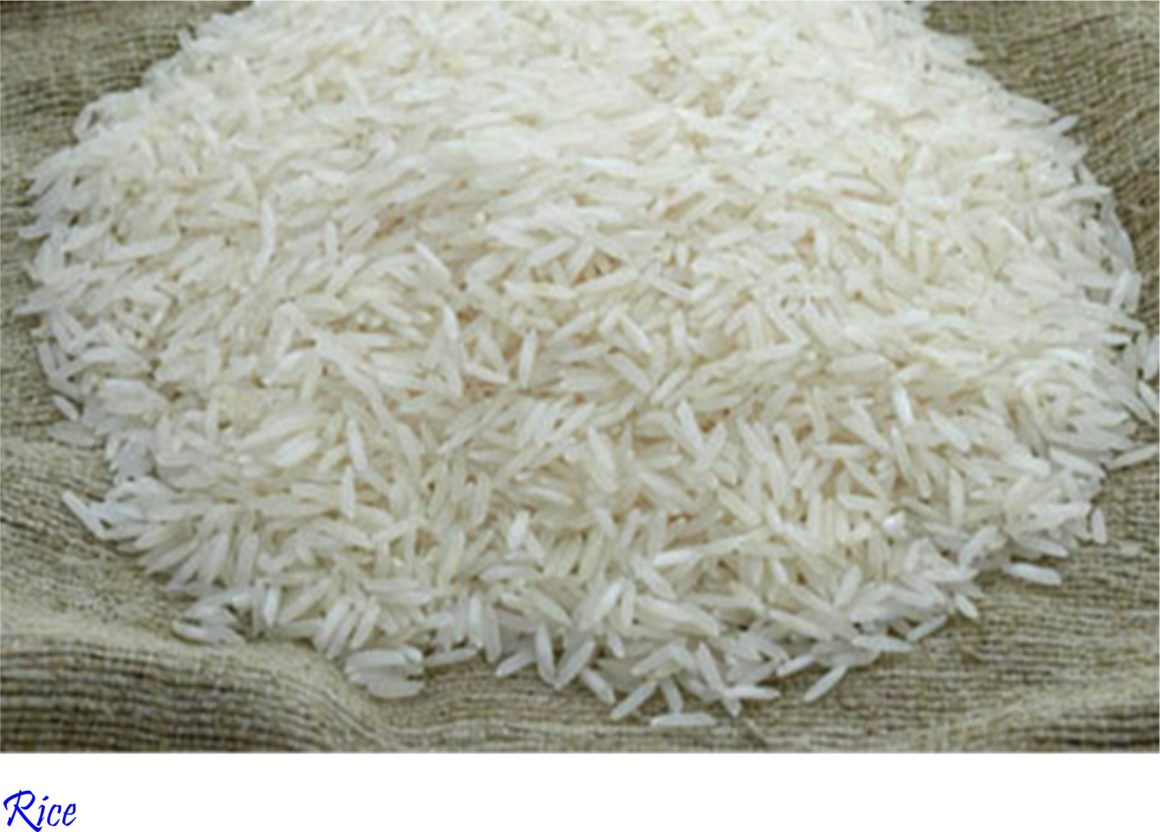New rice varieties (Oryza sativa) could solve Japan’s difficult rice dilemma following a 2023 drought that cut 2024’s stocks to 25-year lows.
Private rice reserves have declined to 1.56 million tonnes, the lowest since 1999, per Japan’s Ministry of Agriculture via Reuters.
The 2023 summer proved hard on northern paddy fields, leaving countrywide shortage of the sushi-making cereal.
Analysts however think that the shortage derives from the fact that the country only produces enough to meet its 100% needs.
In other words, Japan produces all the rice it consumes and has in fact been deliberately reducing paddy acres to eradicate surplus. The reason for this is to keep prices optimum and at the same time align to consumption patterns.
However, many tourists who tour the world’s fourth biggest economy also eat the famous Japanese rice. Hence, demand rises upon such tourism and combined with heatwaves, brings in shortage.
Indeed, supermarkets in Tokyo have been offering strict quotas of one bag per customer as of July 2024 as supplies ebb.
In their part, prices of rice in Japan have been edging up. In June 2023, for instance, the price of a 15-kg bag of rice had risen to 15,865 yen ($109.72).
Enter New Rice Varieties
With heatwaves in paddy fields such as Saitama in Japan’s north going on, these farmers are increasingly after heat-resilient cultivars.
One of these is the emihokoro, which in the Japanese means “sparkling smile.” It is one of several drought-resistant types that make up 13% of all rice that Japan grows, as of 2022.
This share could grow to 18% by 2026, as the government moves in to improve productivity per hectare.
Apart from emihokoro, other hardy strains gaining popularity include Kinu-musume, a glossy type with sticky cooking qualities.
Another one is Koshi-ibuki, a hardy variety from mainly Niigata in northern Japan, popular for its mild sticky cooking texture.
There is also the Tsuya-hime, whose pure white aromatic grains makes it extremely with farmers and consumers alike.
Thus, new rice varieties such as the above could be the real deal if Japan is to contain looming shortage. In their part, the statistics below paint the whole picture of the far-east country’s rice sector as a whole.
Japan Rice Statistics
Rice is the staple grain in Japan and is a virtual ingredient of the world-famous sushi dish. Although Japan imports over 60% of its food with a food self-sufficiency degree of 38%, it is 100% rice self-sufficient. In fact, the country has been reducing its rice acreage deliberately since the 1990s to produce exactly enough for local consumption. As such, in recent years ending 2024, Japan has rarely been reaching its peak capacity of 14.45 million tonnes. The problem for this policy comes in when millions of tourists who also enjoy the country’s aromatic rice cause supply lows.
How has rice production fared between 2020 and 2022 in Japan?
FAOSTAT data shows almost similar production trends in the three-year period of 2021 to 2022. In 2020, Japan produced 10,469,000 tonnes of rice, almost the same as 2021 at 10,525,400 tonnes. This trend of producing almost equal quantities continued in 2022 at 10,363,900 tonnes.
How have Japan’s rice acreage and yields been performing?
Like production, acreage has stagnated, with the 2020 area at 1,462,000 hectares, 2021’s at 1,404,000 hectares and 2022’s at 1,497,500 hectares. Yields however, have been fluctuating. In 2020, for instance, the yield rate was 7.1607 tonnes per hectare. This rate had then plummeted to 6.9208 tonnes per hectare in 2022, according to FAOSTAT.
How high is rice consumption in Japan by global standards?
In the 2023-24 fiscal year, the Japanese consumed 8,060,000 tonnes of rice, the 9th highest worldwide. Only people in China (at 149,920,000 tonnes), India, Bangladesh, Indonesia, Vietnam, the Philippines, Thailand and Burma ate more. In terms of per capita, the Japanese consumed 71.3 kg of rice per person per year in 2021. This was the 42nd highest rice per capita among 164 nations, according to Helgi Library.
Does Japan export rice?
Only a small quantity leaves the Land of the Rising Sun, which includes international aid. In 2022, Japan sold 28,928 tonnes, up from just 4,516 tonnes eight years earlier in 2014. This made the country rank 28th among rice exporters in the world in terms of the 2022 export turnover worth $81 million. Key export destinations include the United States, Canada, Hong Kong, Singapore and Taiwan.
